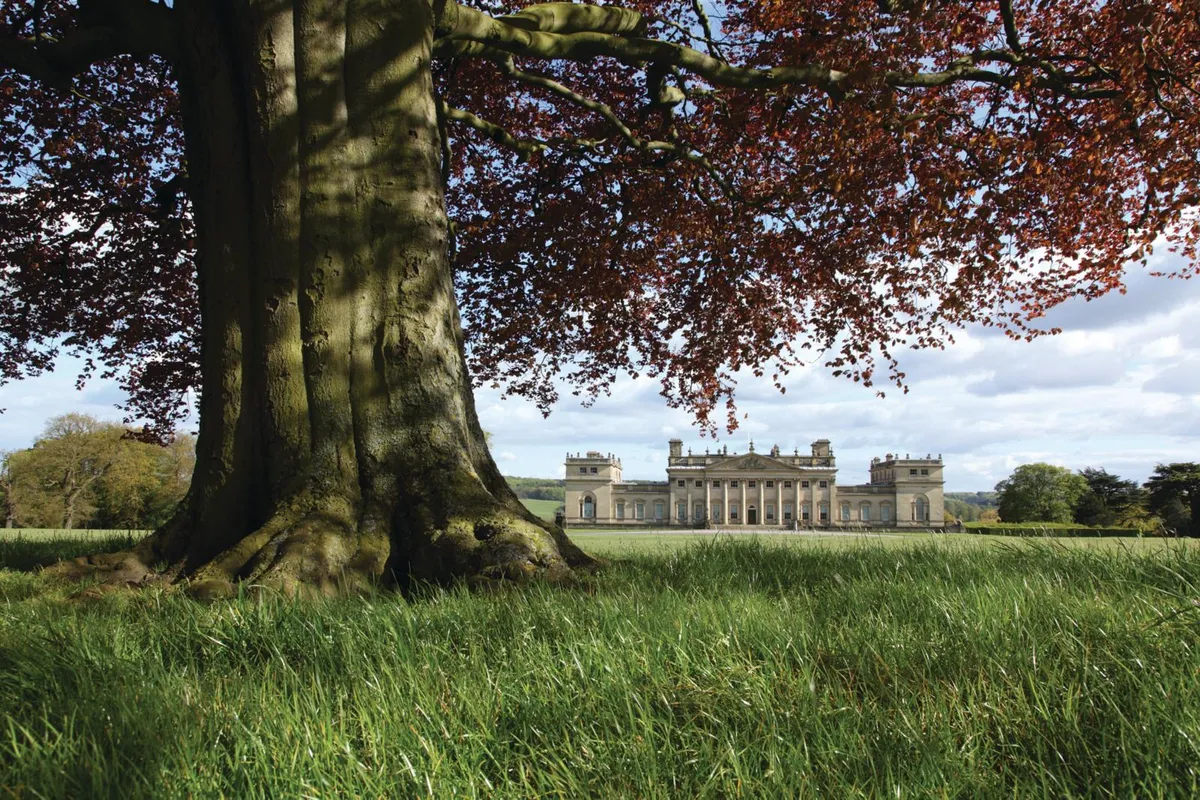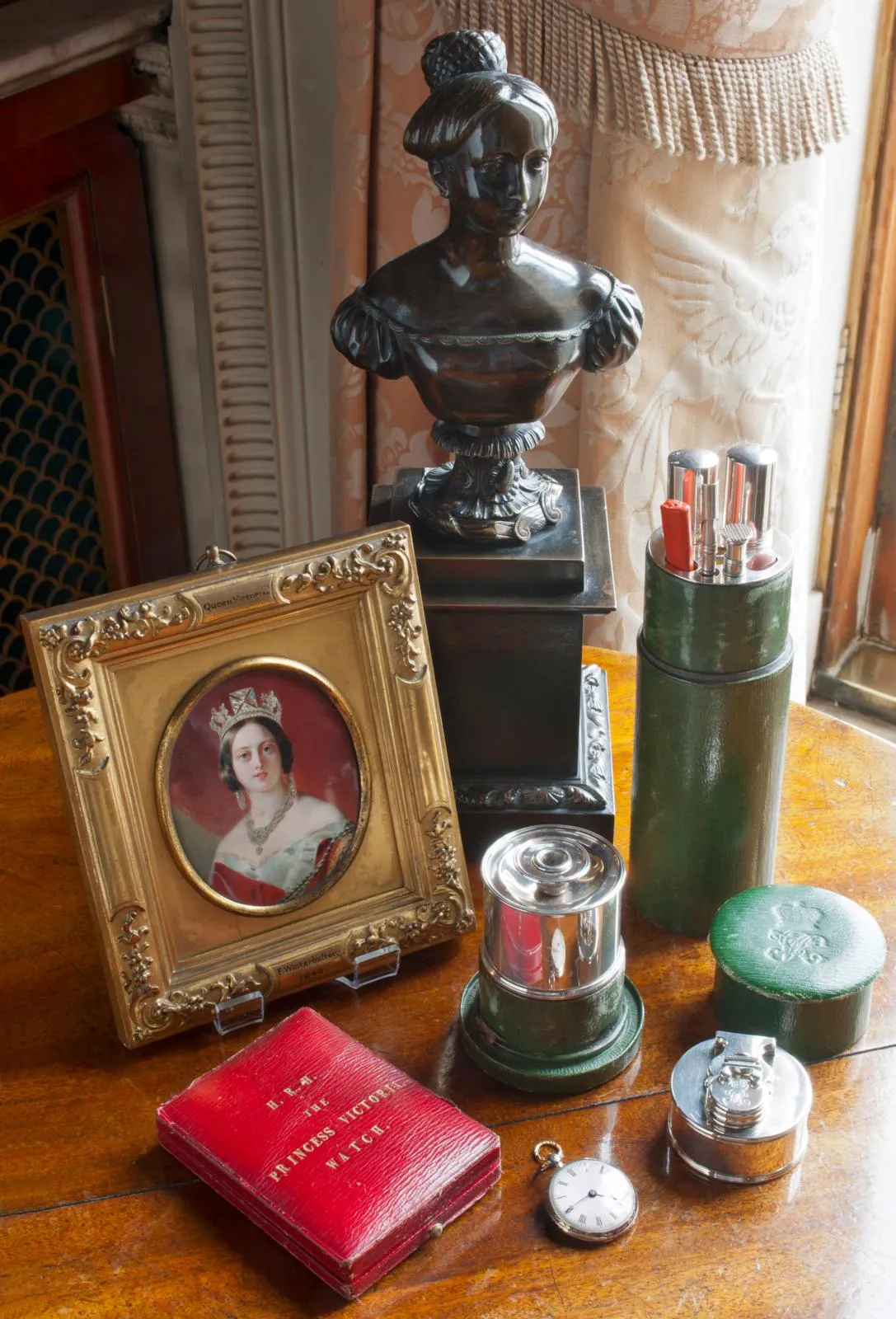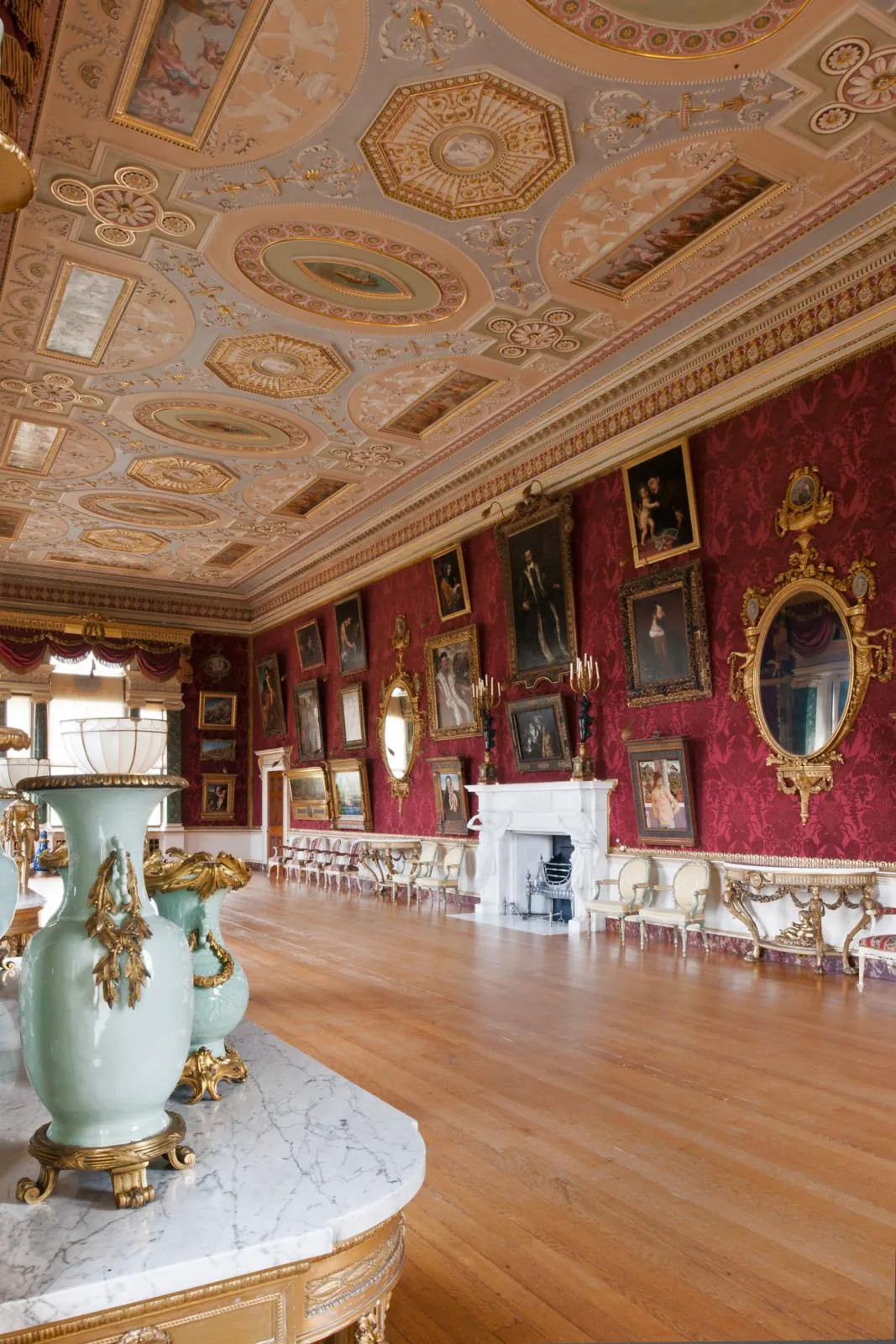The great houses of England did not spring ‘fully armed’ from architects’ drawing boards; they evolved, as successive owners often changed plans, demolished finished portions and rebuilt in new styles, according to the vagaries of fashion and family fortunes. Harewood House, in the West Riding of Yorkshire, is no exception.
Edwin Lascelles, a politician and landowner, began building Harewood House in 1759, having inherited a substantial fortune from his father who had grown rich from commerce in Barbados. He chose the south-facing slope, commanding a broad sweep of the West Riding; he not only had a keen eye for romantic scenery, but also for good drainage and water supply. To begin with, Harewood House was an 18th-century English adaptation of the style conceived by the 16th-century Venetian, Andrea Palladio.
Lascelles gave the work to John Carr of York and while Carr was first building the stables, Lascelles showed Carr’s drawings for the house to Robert Adam, who was bent on imbuing English architecture with his own neoclassical vision. When it came to the exterior, Lascelles warned Adam against extravagance, yet Adam was given free rein inside, and his hand can be seen everywhere.
The varied splendour of Adam’s decorative scheme is clear in the main rooms: from the martial Roman severity of the Doric Entrance Hall and Corinthian civility of the Library to the magnificent Gallery. Extending over the whole west end of the house, the 77-feet-long Gallery was inspired by the ruins of Palmyra, Syria.
The plasterwork-embellished ceiling has painted insets picked out in pink and Prussian blue to highlight Biagio Rebecca’s mythological paintings. The Gallery also shows off two of Harewood’s outstanding features: the Italian masterpieces and a collection of Chippendale looking glasses.
When working on the house’s interior, Adam chose a judicious set of painters, stuccoists and cabinetmakers that included Thomas Chippendale, from nearby Otley. Chippendale’s work at Harewood House is of great importance.
His best-known pieces are here and reveal the range and scope of his oeuvre – from the beechwood chairs in the Entrance Hall and carved and painted trompe l’oeil pelmets in the Gallery to the State Bed, which was the most expensive of its kind when it was made in the 1790s.
It cost £250 with further costs for the hangings (£150), for the yellow silk damask hangings (£50) and pair of gilded cornices (£26). This combination of Adam’s decorative scheme and Lascelles’ strong will made Harewood a house that was – and still is – admired far and wide.
Even though the house was gradually modernised (with piped water and water closets – mahogany for the gentry and oak for the servants), there were few art acquisitions, until a curious twist of fate enlarged Harewood’s collection significantly. During the First World War, the 6th Earl, Henry Lascelles, who was serving in the Grenadier Guards, bumped into his notorious great-uncle Lord Clanricarde at the St James’s Club.
Out of good manners, Lascelles went to talk to him for an hour before luncheon. A few months later, his great-uncle died and left his £2.5 million fortune, the derelict Portamac Castle in County Galway and his collection of Italian and Flemish Old Masters to Henry.
With his new-found wealth, Henry added Italian masterpieces by the likes of Bellini, Titian, Veronese, Pollaiuolo and Tintoretto to his collection, which became one of the finest in private hands in England.
Currently, the house is the family seat of the 8th Earl and Countess of Harewood. David, the 8th Earl, is a film and TV producer whose credits include Inspector Morse, and while Harewood may have narrowly missed out on being Downton Abbey, the house has recently been the backdrop to the ITV series Victoria.
It is an appropriate setting given that Harewood was visited by the real Princess Victoria in 1835 before her coronation. ‘I hope that millions of people will watch the series and say, “I’d like to go and see that”,’ says David. Because, as he explains, the challenge to Harewood is threefold: ‘keeping it alive, keeping it relevant and keeping it solvent.’
With this in mind, the 2017 permanent exhibition at the house celebrates the filming of Victoria at Harewood – featuring costumes from the drama and exhibits including personal items owned by Queen Victoria herself.
The Countess of Harewood, Diane Lascelles, is also well known as artist Diane Howse, and keeps the house relevant and alive with a programme of exhibitions of mainly contemporary art in the Terrace Gallery. ‘I dislike the word ‘heritage’, as if Harewood is preserved in aspic,’ she says. ‘Living here it is not about maintaining a lifestyle; my principle is that the house is for the public to enjoy.’






